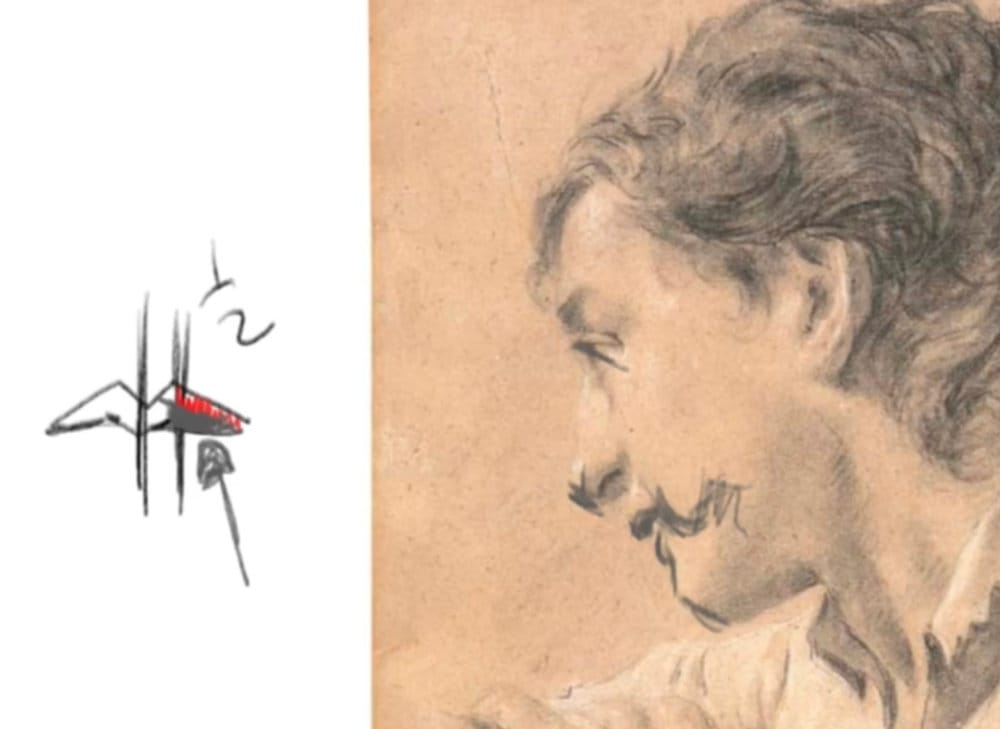Master’s Mouth Analysis Part 2 – Piazetta and Raphael Studies
Discover how Piazetta and Raphael used subtle perspective and tracking to create lifelike lips. Learn how form, rhythm, and light define classic portraits.

In this second look at master drawings, we’ll study Piazetta and Raphael to understand how subtle perspective, tracking lines, and light can completely change the feel of a mouth.
Both examples reveal how the lips wrap around the head’s form rather than sitting flat on the surface, a small but powerful shift in mindset for realistic portrait drawing.
This lesson is part of How to Draw the Head Course.
Piazetta – The Subtle Power of Profiles
Piazetta’s drawing is a quiet study of rhythm and curvature.
In the profile view, we only see half of the “M” shape of the upper lip, just a gentle slope that leads the eye toward the far corner.
Below that, the under-plane of the bottom lip is visible, showing the subtle form as it turns away from light.
Notice how the lips wrap around the muzzle, and the tracking lines of the eyes, nose, and mouth curve together across the form. Nothing feels flat or isolated. The lips feel part of the head, not placed on top of it.
And take note of what’s left open, Piazetta doesn’t connect every contour. Those open edges add a soft, natural quality and make the mouth feel alive rather than stiff or overdrawn.

Raphael – Graceful Tracking and Form
Raphael’s drawing offers a perfect example of perspective in motion.
The center line tilts downward across the face, revealing more of one side of the mouth and hiding the other.
This asymmetry gives a natural three-quarter feel and prevents the mouth from appearing flat or symmetrical.
Look at how the pillowy forms of the lips catch light: the upper lip forms a soft “heart” shape, while the lower lip curves forward before fading gently into shadow. The transitions are subtle, but they give incredible depth.
The corners of the mouth curl up slightly, countering any frown and keeping the expression neutral and balanced, a key trait in classical portraiture.

Key Takeaways
- In profile views, expect to see only part of the “M”, simplify what’s visible.
- Keep your tracking consistent: eyes, nose, and mouth must follow the same curvature.
- Use open edges and soft transitions to maintain realism.
- Study how perspective hides or reveals the far side of the lips.
Course Navigation
Previous: Master’s Mouth Analysis Part 1
Next: Mouth Practice Assignment Reel
Head Drawing Hub: View Full Course Hub
Continue Learning
If you enjoyed this hand drawing course, explore even more lessons on our Free Drawing Tutorials & Courses Hub — including the complete How to Draw – Beginner’s Course.
Want new tutorials delivered to your inbox? Subscribe here and get free lessons, tips, and inspiration sent directly to you.




